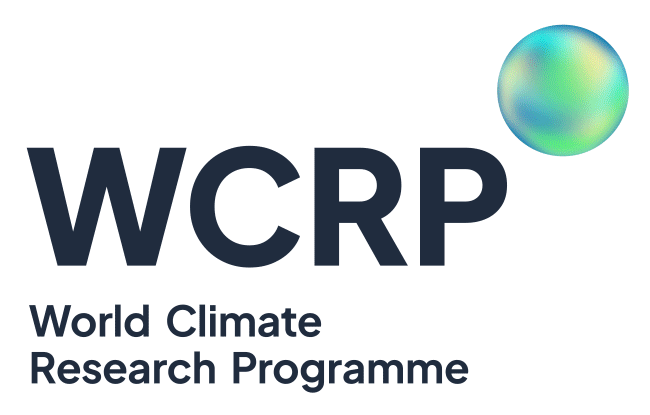The core experiment is an 'Interactive Atmosphere-Ocean-Land-Ice Prediction Experiment' emphasizing the use of comprehensive coupled general circulation models, which includes realistic interactions among the component models. The experiment is to perform seven-month lead ensemble (10-members) predictions of the total climate system. If possible longer leads and larger ensembles are encouraged. The initialization strategy is to use the best available observations of all the components of the climate system.
While the emphasis is on comprehensive coupled general circulation models, uncoupled component, intermediate, simplified and statistical models are encouraged to participate where appropriate. The fundamental experimental design is to mimic real prediction in the sense that no “future” information can be used after the forecast is initialized. For example, the PROVOST or DSP experiments would be excluded because they use observed SST as the simulation evolves, whereas the SMIP/HFP experiment could be included as a subset since no future information is used as the forecast evolves.
The component models should be interactive, but this is left open to encourage wider participation, e.g. for groups without sea ice or vegetation models. The only requirement is that no “future” information is used once the prediction is initialized. This requirement necessarily includes any tuning or training of the component models or the development of statistical prediction schemes.
Thus, the component models are:
Ocean - Open but interactive (e.g., slab mixed layer or GCM)
Atmosphere - Open but interactive (most likely a GCM)
Land - Open but interactive (e.g. SSiB, Mosaic, BATS, CLM, Bucket)
Ice - Open but interactive (e.g., thermodynamic or dynamic)

